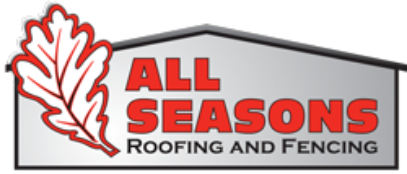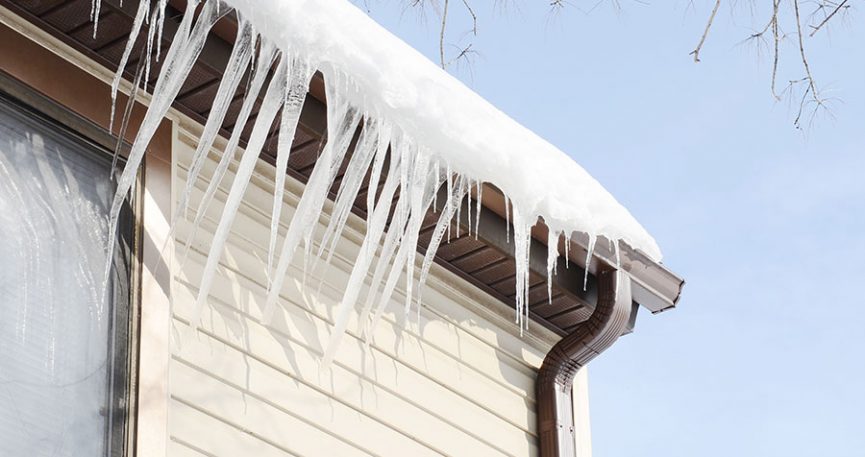Ice damming occurs to some degree or another on most roofs. Houses built since the early 1980’s are generally sufficiently well insulated to avoid producing significant ice damming. Older homes (unless subsequently retrofitted) generally lack the attic space and/or insulation necessary to properly insulate against heat loss. Ice damming is the accumulation of ice at the roof’s eaves which, as it accumulates, backs up the slope of the roof, sometimes under the shingles and can leak causing damage to the interior finish of the home or building. Ice dams are fed by snow on the roof plane (slope) above the dam. Heat loss from the home via the attic spaces or other medium below melt snow on the roof above causing melt water to run down the slope freezing when it reaches the back of the ice dam below causing it to grow and creep up the slope of the roof. Ice damming can not only cause water damage to the interior of the home, it can damage your shingles over time shortening the useful life of your roof.
Ice damming can be prevented by upgrading your insulation and attic spaces. This may be relatively economical or relatively expensive depending on the size and structure of your attic space(s). In some cases a design issue with part of the roof may be aggravating the problem. These design problems may include areas where the roof flattens and/or areas where water cannot flow properly off the roof.
Ice damming can be managed on older homes by removing accumulated snow from the roof before the ice dam develops. Without snow above the ice dam it cannot grow since there will be no melt water running down the roof.

